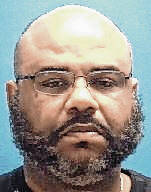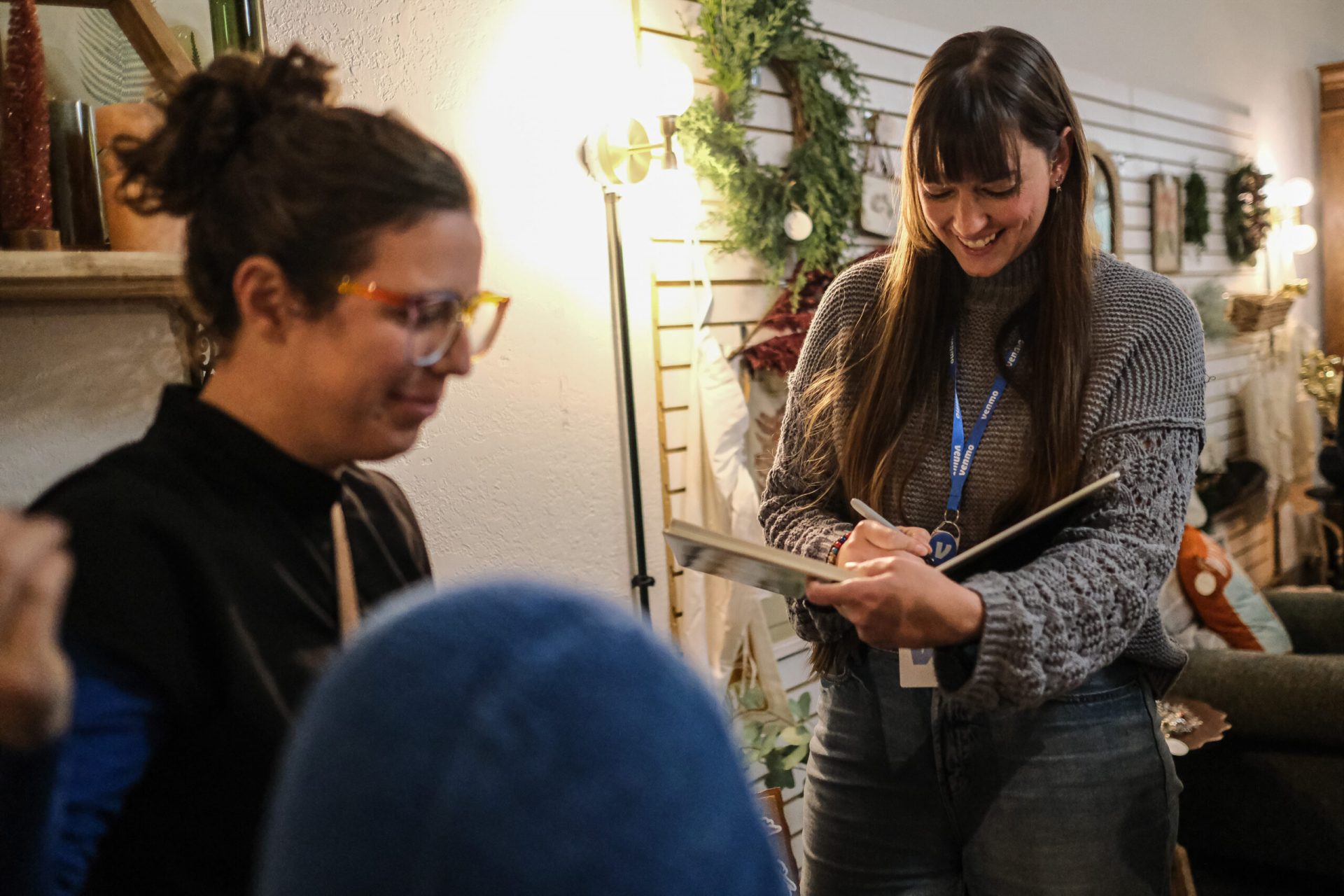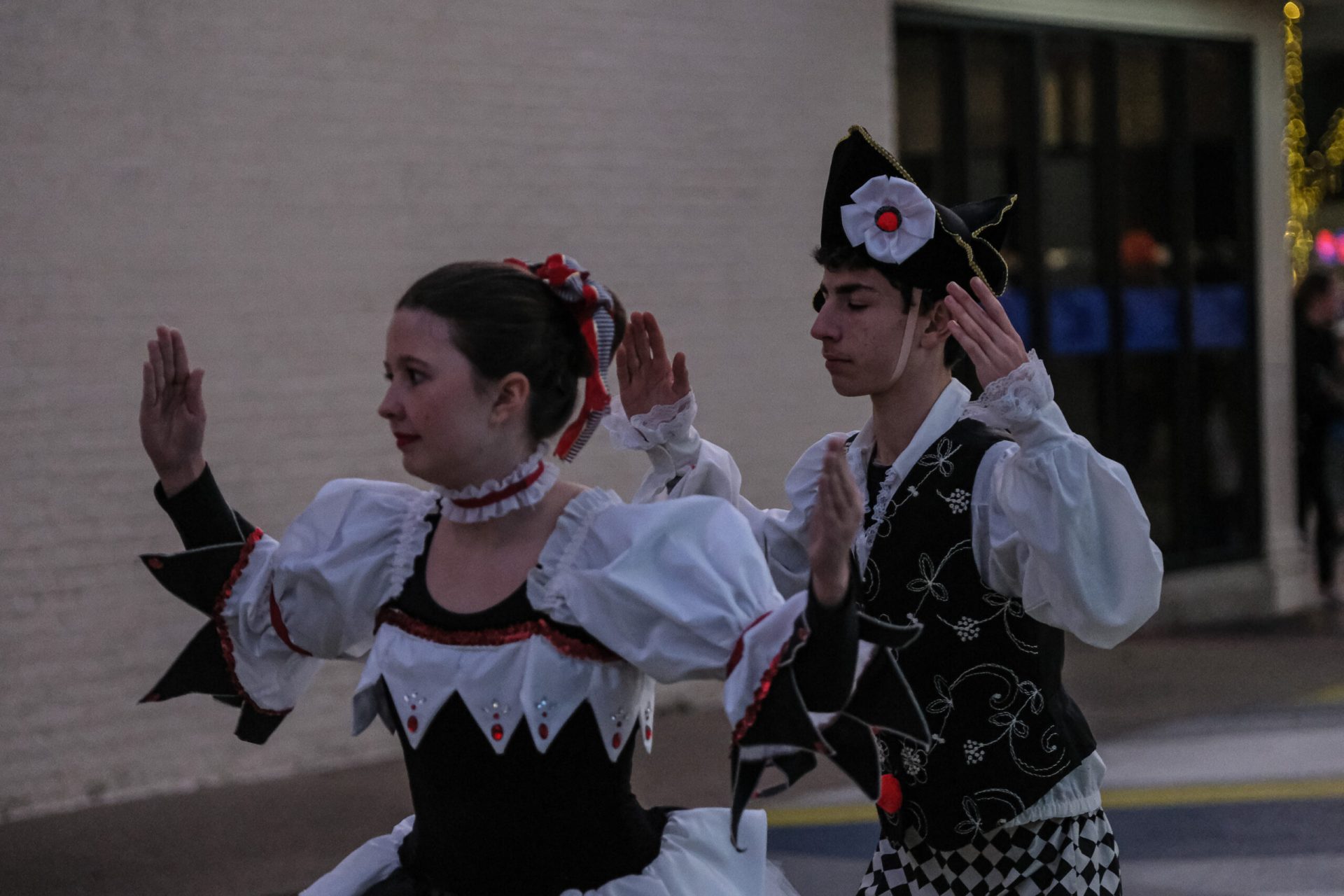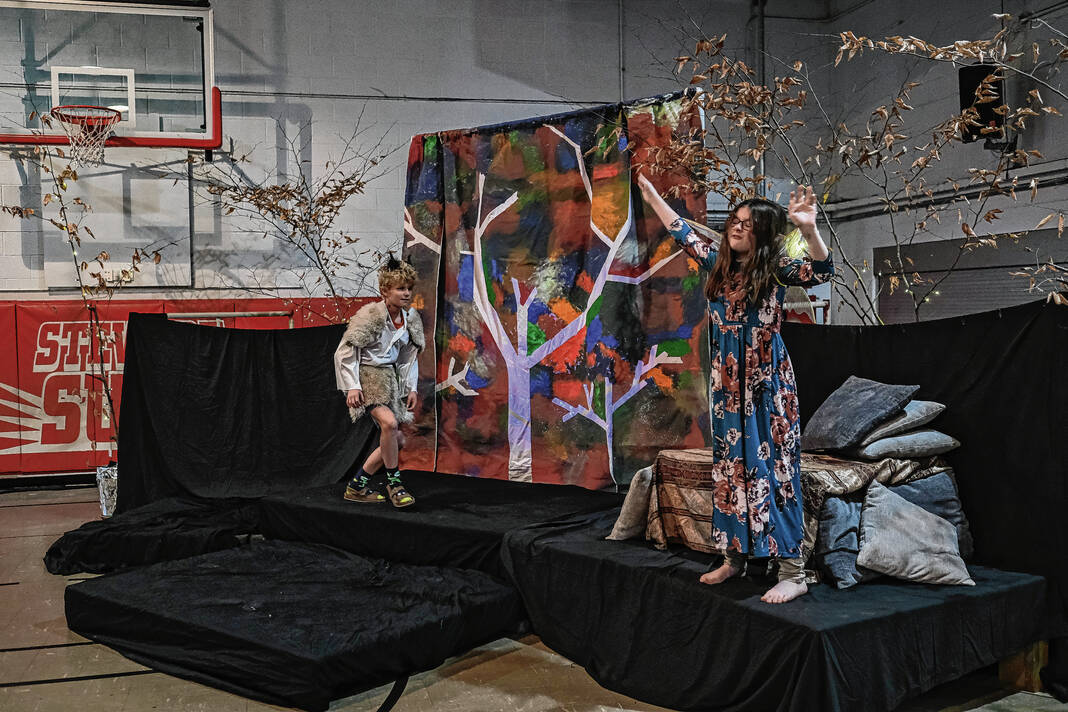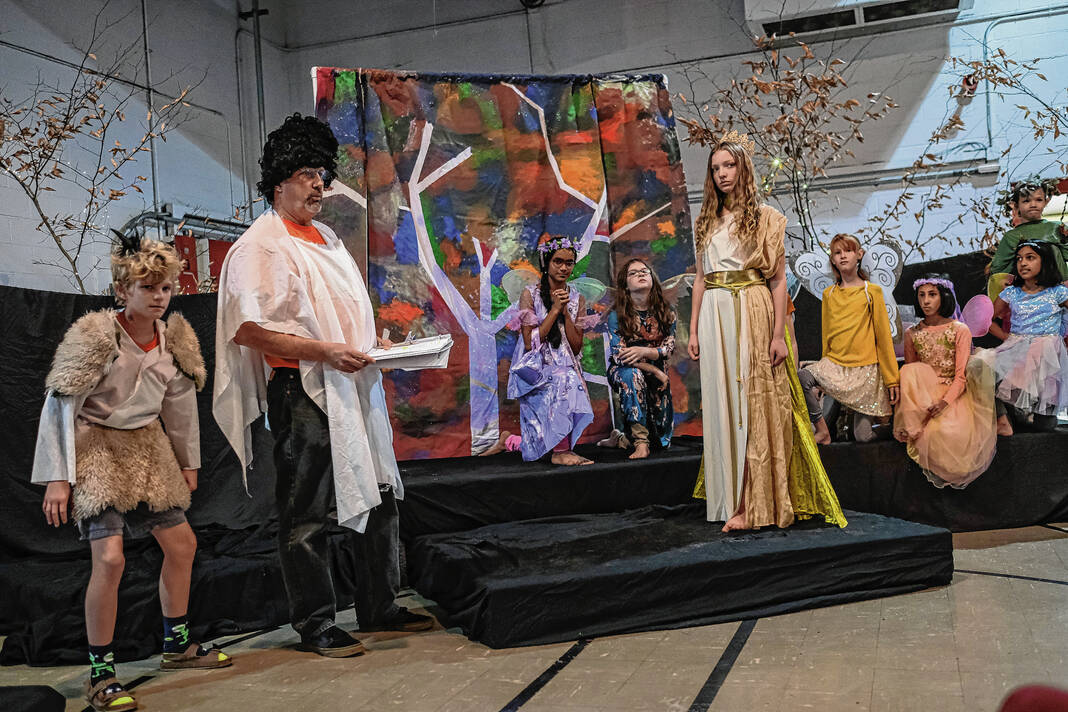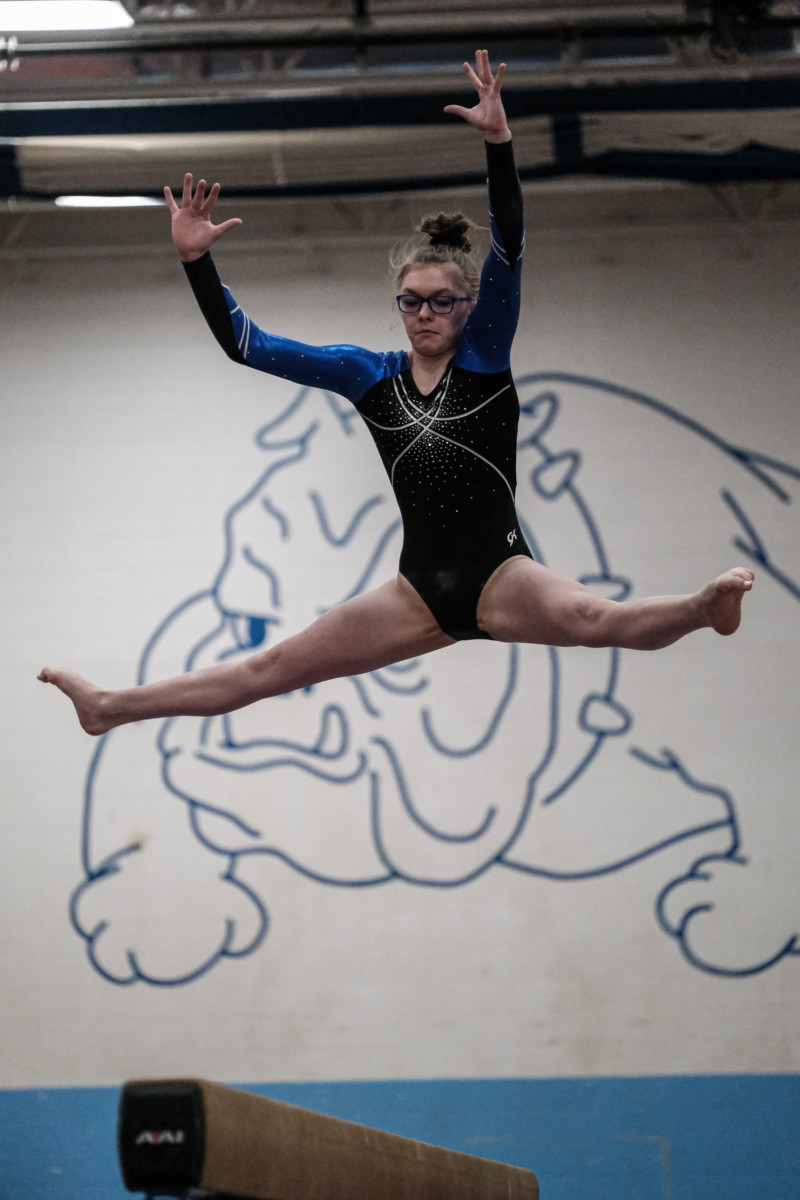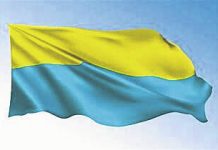By Susan Thayer Fye
Very clearly, a major event in the history of Bartholomew County happened the last weekend of July this year when The Moving Wall — a half-size replica of the Vietnam Veterans Memorial in Washington, D.C. — came to the Bartholomew County 4-H Fairgrounds.
The word “moving” seemed to take on two meanings: the wall itself was transported in a very compact version on the back of a truck, and the wall had an extremely moving effect on those who came to visit.
More than 300 volunteers worked tirelessly for a year to make this happen, and I was lucky enough to be one of those volunteers. We all manned our stations for 4½ days. I got to work with volunteers who worked the information booth for looking up the 58,318 casualty names on the wall. Some didn’t know that the names are listed in casualty order and not alphabetically, so finding a name can be a challenge. The Moving Wall and the information booth were open 24 hours a day so the volunteers could even assist those who arrived at 3 a.m. “Build it and they will come,” they said. And they did — by the thousands. And they came from everywhere.
The volunteers did database searches on laptops and on cellphone apps to find the grids and where a name was located. Veterans, friends and families who came to find a name on The Moving Wall ended up wanting all the information we could provide them.
[sc:text-divider text-divider-title=”Story continues below gallery” ]
The Vietnam War was a very unpopular war. I remember because this was my era. Nobody liked it. Nobody agreed with it. Nobody understood why we were involved. And unfortunately, for the first time in recent history, this dislike filtered down to the soldiers who served. These soldiers were the last conflict where the draft was used. All other wars to follow included volunteer troops only. I remember the Vietnam vets coming home to a cold reception where they had trouble finding a job or even being allowed to fill out a work application.
A Vietnam vet came to the information table who only remembered the first name of a fellow vet who died in combat. But he remembered that he was maybe from Scottsburg, and his first name was maybe Kenny. When I found that soldier’s information I asked, “Would you know him if I showed you his picture?”
“Yes I would!” he said.
“Do you want to see his picture?” I asked.
“No! OK, yes I do,” the veteran said.
As I slowly turned my phone around to show the picture, I saw his shoulders slump as he cried and put his head on the desk.
“That’s him,” the veteran said.
“Do you want to know cause of death?” I asked.
“No. OK, yes I do,” he said.
“Helicopter crash in the ocean, body never recovered,” I replied.
So the soldier was listed MIA on the wall with a cross next to the name.
“Do you want me to walk you to The Moving Wall to help you find his name? He is on grid D 47, Row 98,” I said.
“No. I can find it myself. OK, yes, I want someone to walk with me,” the veteran replied.
“Do you want me to get a clergy member that you can talk with?” I asked.
“No. Well, maybe I should. Is there someone here to do that?” he said.
“Yes, there is,” I replied.
Is this closure? I have no right to answer that. I do know that this was one of the most emotionally intense 4½ days I have ever experienced. The volunteers who worked the information booth cried, hugged, handed out tissues and held hands with thousands of folks. This is nothing when compared to what those Vietnam vets experienced every day in combat.
Volunteers (mostly vets) showed up 24 hours a day to help — even at 3 a.m. on a Sunday morning to work the information table. Nobody complained. My faith in humanity was restored. They were honored to help. Many offered to come back for more than one shift — one of the most amazing volunteer opportunities they had ever experienced, they said. This 4-hour shift was certainly not for the faint of heart.
The comments from the Vietnam vets who came were something like:
“My feet were always wet and the skin from my feet would peel off when I took my socks off.”
“We won a battle if our body count was higher than the other side.”
“The sound of a helicopter meant you were either getting supplies or they were coming to save you so you could fight another day.”
“I’m not sure I can do this.”
“His rifle jammed and he couldn’t shoot back; he didn’t make it.”
“I can still smell Vietnam.”
“Combat was brutal.”
“The adrenaline never quit flowing.”
Each one wanted to find a name or names on the wall. And each one wanted to tell their story to a volunteer who would listen.
The arrival of The Moving Wall didn’t heal all wounds, answer all questions, fix all wrongs or reunite all families. However, despite the feeble attempt it made to honor these soldiers who were long overdue for the respect and thanks they deserved, I think it provided some level of closure to the thousands who came.
Every name on the Moving Wall meant that somebody lost a brother, sister, mother, father, son, daughter, aunt or uncle, and everyone’s lives around them were permanently changed. Nobody went untouched.
World peace would be amazing. But maybe honoring those who protect and fight for that peace is just as amazing and we can all do that every day.
I have not publicly gotten involved in the argument about standing or kneeling for the national anthem. But for me, without hesitation, I simply choose to stand.
Susan Thayer Fye is an auxiliary member of American Legion Post 24, and was an organizer of The Moving Wall exhibit — a half-size replica of the Vietnam Veterans Memorial in Washington, D.C. — that came to Columbus and was displayed for free at the Bartholomew County 4-H Fairgrounds from July 27 to 31.
Susan Thayer Fye is an auxiliary member of American Legion Post 24, and was an organizer of the Moving Wall exhibit — a half-size replica of the Vietnam Veterans Memorial in Washington, D.C. — that came to Columbus and was displayed for free at the Bartholomew County 4-H Fairgrounds from July 27-31.

